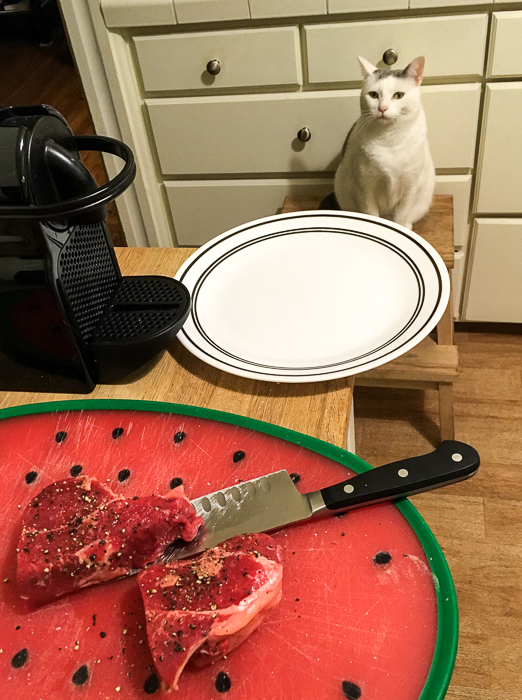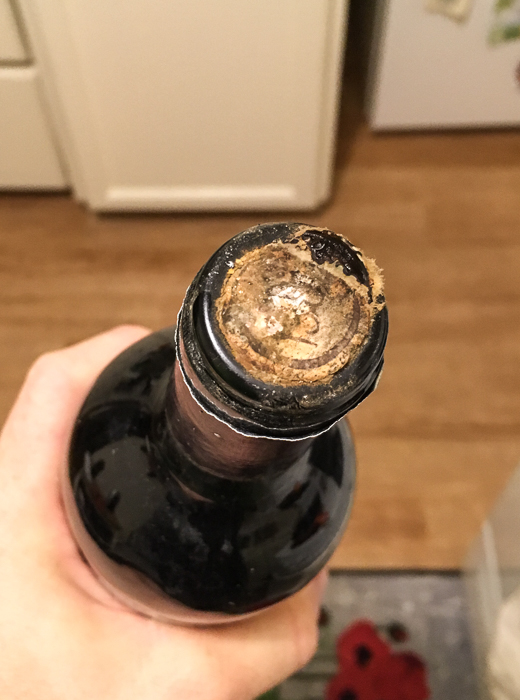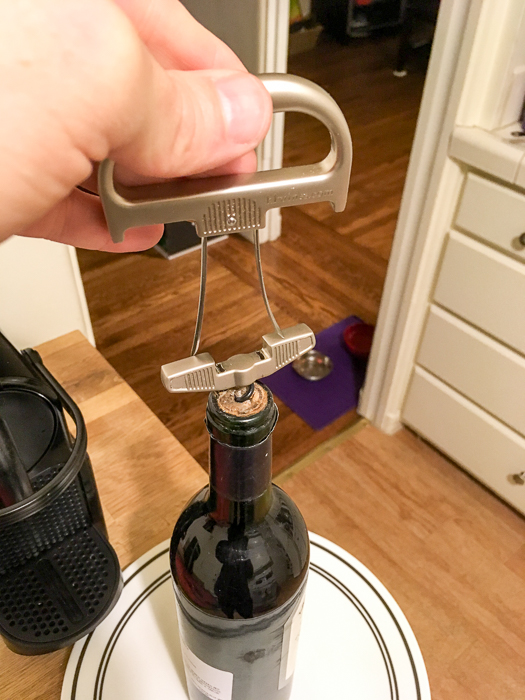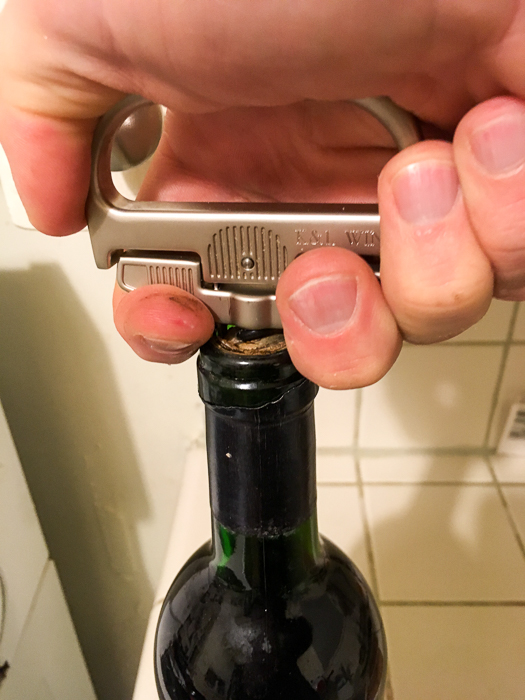Opening Old Wine

On Friday after work, I decided to treat myself with a pre-birthday solo bash since my wife was working late and I was going to be home alone for most of the night. There are two things I instantly flock to when I know I'm going to be a bachelor for the evening (because they're two things my wife does not enjoy): beef and Bordeaux. I went right to the butcher and bought a nice cut of meat, then hit up the K&L old and rare department for a bottle of 1986 Château La Conseillante, Pomerol as I wanted something super fancy. I was stoked.

I've been teaching wine classes after work for the past two weeks as part of a promotional series I'm doing with a local business, so I've been answering loads of questions from participants who want to know simple things (like what does Cabernet mean?) to advanced technical issues concerning storage and cellar maintenance. However, the lesson I think that any and all budding enthusiasts need to know first and foremost is what happens to wine when it ages, as many people seem to be afraid of a little dust and dirt when they're stepping up the pricepoint for a bottle. A bottle of 1986 La Conseillante, for example, won't look the same way it originally did after thirty-plus years in the cellar. Neither will the cork. Nevertheless, I see people bring bottles back into the store like this all the time because there's mold underneath the foil, there's leakage, or the cork looks dirty and worn.
That's supposed to happen. Don't let it scare you. The wine is most likely just fine!
However, in these situations a standard wine opener won't always do the trick because of just how old the cork itself is. If the bottle has been laying on its side like it's supposed to have been, then the cork will be wet, moist, and likely to dissolve as you turn your corkscrew into it.

One of the best wine inventions I've ever come across in my career is the Durand, a super high-end opener that combines the Ah-So prong style puller with the standard corkscrew worm into one 100% failsafe device. It's not cheap, but it's a must-have in my opinion for anyone who wants to open older bottles of wine without making a mess or getting tons of old cork bits into your expensive claret (it's also a great Xmas present if you need a gift for the guy who has everything). All you have to do is screw in the worm piece like you would any other opener, then slide the Ah-So prongs into the guide on top of the corkscrew, wiggling them down into the bottle neck on either side of the cork itself.

The worm gives you the grip to pull the cork out and the Ah-So prongs keep the integrity of the cork inline so that it doesn't crumble apart as you're pulling it out.

This cork certainly would have gone to bits had I simply used just the standard corkscrew to pull it out of the bottle. I was happy to say that I didn't need to use a fine mesh filter or anything else to get little chunks of cork out of my delicious wine because it came out with ease, intact and clean. Drinking older bottles of wine is a much more complicated process because they typically have weaker corks, lots of sediment (that's why you keep them standing up before you drink them so it all settles at the bottom), and a whole slew of other potential pitfalls that you have to watch out for. Just keep that in the back of your mind if you decide to splurge for something nice one day from our library or auction department. You can't necessarily just pop and pour like you can with younger, everyday bottles.
In the end, it's worth the extra attention though. I sat on the couch that night eating bite after bite of delicious beef with the silky texture of the Conseillante gliding over my tongue (I dusted that entire thing myself in under forty minutes because it was that damn good). We've still got another ten bottles of that wine as well if you want to see what old Merlot tastes like. Lots of iron and savory notes meandering with a refined mouthfeel. That was my present to myself. Like the Durand opener: not cheap, but worth every penny.
-David Driscoll
